Product Description
The Ping sonar is a multipurpose single-beam echosounder. It can be used as an altimeter for ROVs and AUVs, for bathymetry work aboard a USV, as an obstacle avoidance sonar, and other underwater distance measurement applications. Ping combines a compact form factor and 300 meter depth rating with an open source user interface and Arduino, C++, and Python development libraries to create a powerful new tool for marine robotics!
An echosounder, like the Ping, is one of the simplest forms of underwater sonar. It operates by using a piezoelectric transducer to send an ultrasonic acoustic pulse into the water and then listens back for echoes to return. With that information it’s able to determine the distance to the strongest echo, which is usually the ocean floor or a large object. It can also provide the full echo response (echo strength versus time) which can be plotted like the display of a fishfinder sonar.
The Ping uses a 115 kHz transducer frequency, away from those used on most boat echosounders to avoid interference. It has a measurement range of 50 meters (164 feet) and a measurement beamwidth of 30 degrees, perfect for applications on a rocking boat or for obstacle avoidance. An advanced bottom-tracking algorithm runs on the device to determine the distance to the seafloor, even in complicated situations with multiple echoes.
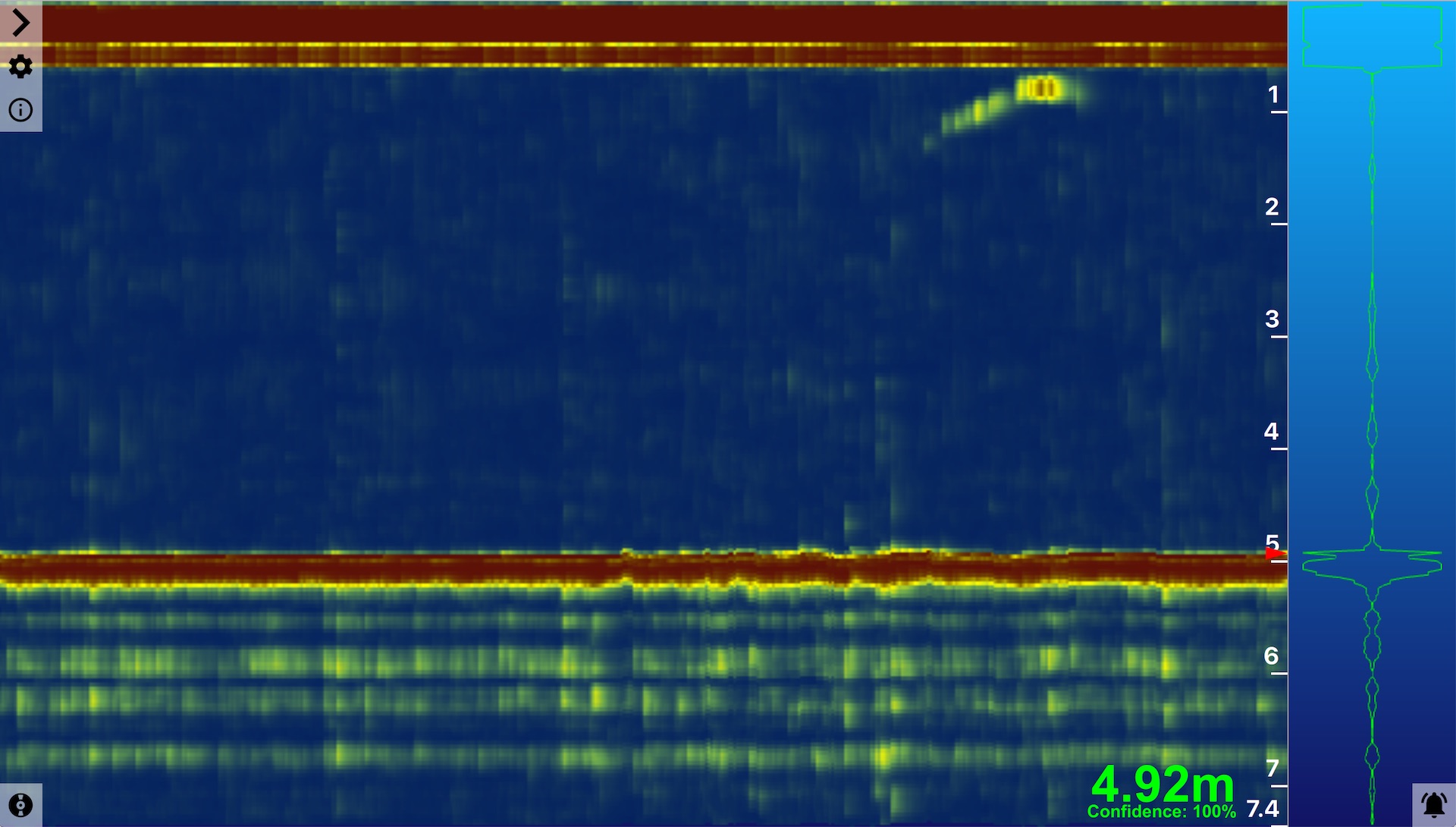
The Ping is housed in a rugged hard-anodized aluminum enclosure with an encapsulated transducer and a 1 meter (3.3 feet) cable with a pre-installed WetLink Penetrator. It has four threaded mounting holes on the back and comes with a mounting bracket and hardware to make it easy to mount on the BlueROV2. The included header pin to JST-GH adapter makes it easy to plug into the USB to Serial and RS485 Adapter.
The Ping can be connected to a microcontroller device, such as an Arduino, or to a computer through a BLUART USB to Serial adapter.
Once connected, we recommend getting started with Ping-Viewer, an open-source application developed specifically for Ping devices. Ping-Viewer runs on Windows, Mac, and Linux and makes it easy to view the output, record data, and change settings on the Ping. The Ping sonar can be connected to Ping-Viewer directly or over a network connection routed through the BlueROV2‘s Companion web interface, so that you can use the Ping on the ROV without using any additional wires in the tether.
For those who wish to integrate the Ping into other systems, it communicates with a binary message format called the Ping-Protocol. We’ve made C++, Arduino and Python libraries for the Ping-Protocol to get you up and running almost immediately.
Check out the Technical Details and Learn tabs above for more information!
Contents
- 1 x Ping sonar with pre-installed cable and 10 mm penetrator
- 1 x Ping mounting bracket
- 1 x Header pin to JST-GH cable adapter
- 4 x M3x5 button head cap screws
- 2 x M5x16 button head cap screws
Specifications
| Parameter | Value | |
|---|---|---|
| Electrical | ||
| Maximum Supply Voltage | 5.5 volts | |
| Minimum Supply Voltage | 4.5 volts | |
| TTL Voltage Level | 3.3 – 5 volts | |
| Typical Current Draw | 100 milliamps | |
| Communication | ||
| Signal Protocol | TTL Serial (UART) | |
| Available Firmware Baud Rates | 115200 bps (default), 9600 bps | |
| Message Protocol | Ping Protocol | |
| Message Subsets | common, ping1d | |
| Code Library Implementations | Python, C++, Arduino | |
| Cable | ||
| Cable Used | CAB-PUR-4-24AWG | |
| Cable Length | 830 mm | 32.5 in |
| Maximum Cable Length | TBD | TBD |
| Conductor Gauge | 24 AWG | |
| Wires | Black | Ground |
| Red | Vin | |
| White | Device Tx | |
| Green | Device Rx | |
| Installed Penetrators | ||
| Device Side | WLP-M06-4.5MM-LC | |
| Cable End | WLP-M10-4.5MM-LC | |
| Acoustics | ||
| Frequency | 115 kHz | |
| Beamwidth | 30 degrees | |
| Minimum Range | 0.5 m | 1.6 ft |
| Typical Usable Range | 50 m | 164 ft |
| Absolute Maximum Range (firmware limit) | 70 m | 230 ft |
| Range Resolution | 0.5% of range | |
| Range Resolution at 50m | 25 cm | 9.85 in |
| Range Resolution at 2m | 1 cm | 0.25 in |
| Physical | ||
| Pressure Rating | 300 m | 984 ft |
| Temperature Range | 0-30°C | 32-86°F |
| Weight in Air (w/ cable) | 133 g | 4.69 oz |
| Weight in Water (w/ cable) | 55 g | 1.94 oz |
| Mounting Bracket Screw Size | M5x0.4 mm | |
2D Drawings
Ping Sonar
Ping Mount
3D Models
- PING-SONAR-R3-PUBLIC (.zip)
- PING-M-MOUNT-R2-PUBLIC (.zip)
Revision History
- 4 October 2021 | R3 – Initial Release | Updated pre-installed penetrators to WetLink Penetrators.
- 29 January 2019 | R2 – Initial Release
Quick Start
- Download Ping-Viewer for your operating system.
- Plug the Header Pin to JST-GH Cable Adapter into the male header pins coming from the Ping so that the same color wires match up when plugged in (red-red, black-black, white-white, green-green).
- 3. Plug the 6-position JST-GH plug into the serial JST-GH receptacle on the BLUART serial adapter.
- Plug the BLUART into the computer using a Micro-USB to USB-A Cable.
- Start Ping-Viewer, it should automatically detect the connected Ping device and display it in the device manager menu.
- Select the Ping from the device manager menu and the waterfall display should automatically start.
Important Notes
If used on a manned vessel, the Ping should not be used as the primary means of preventing grounding or collision. Supplement depth data readings with information from applicable paper charts and visual indicators. Always operate the vessel at safe speeds if you suspect shallow water or submerged objects.


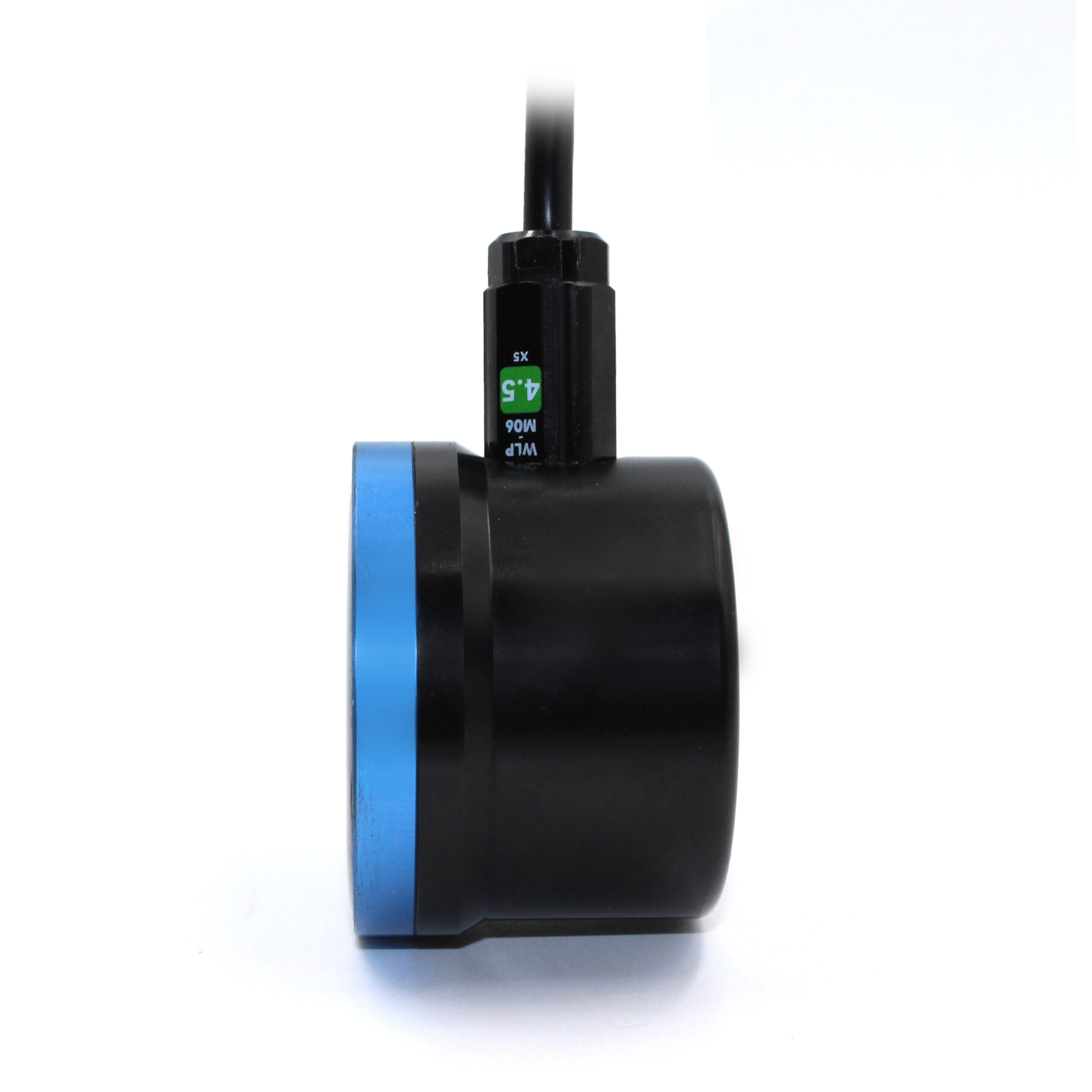
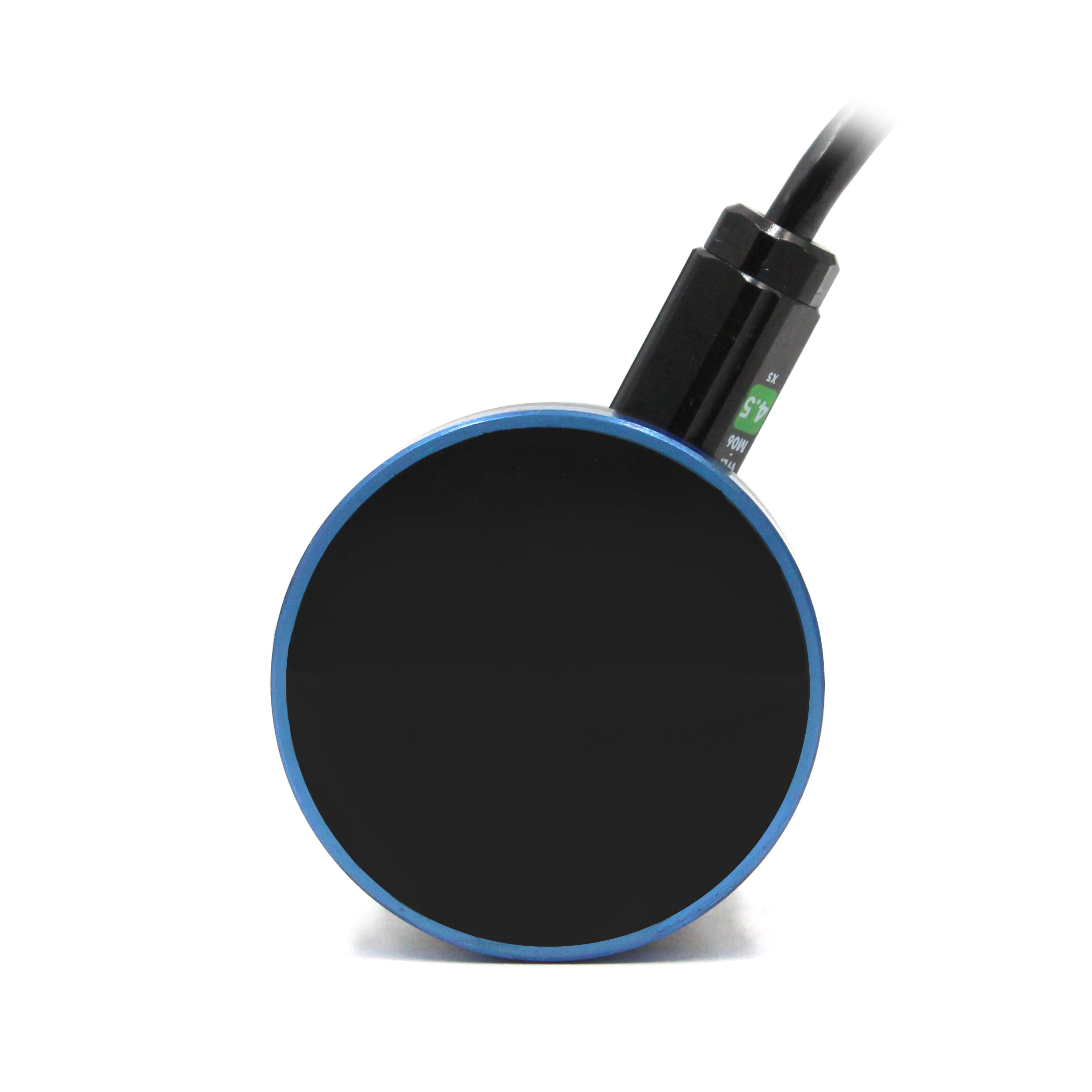
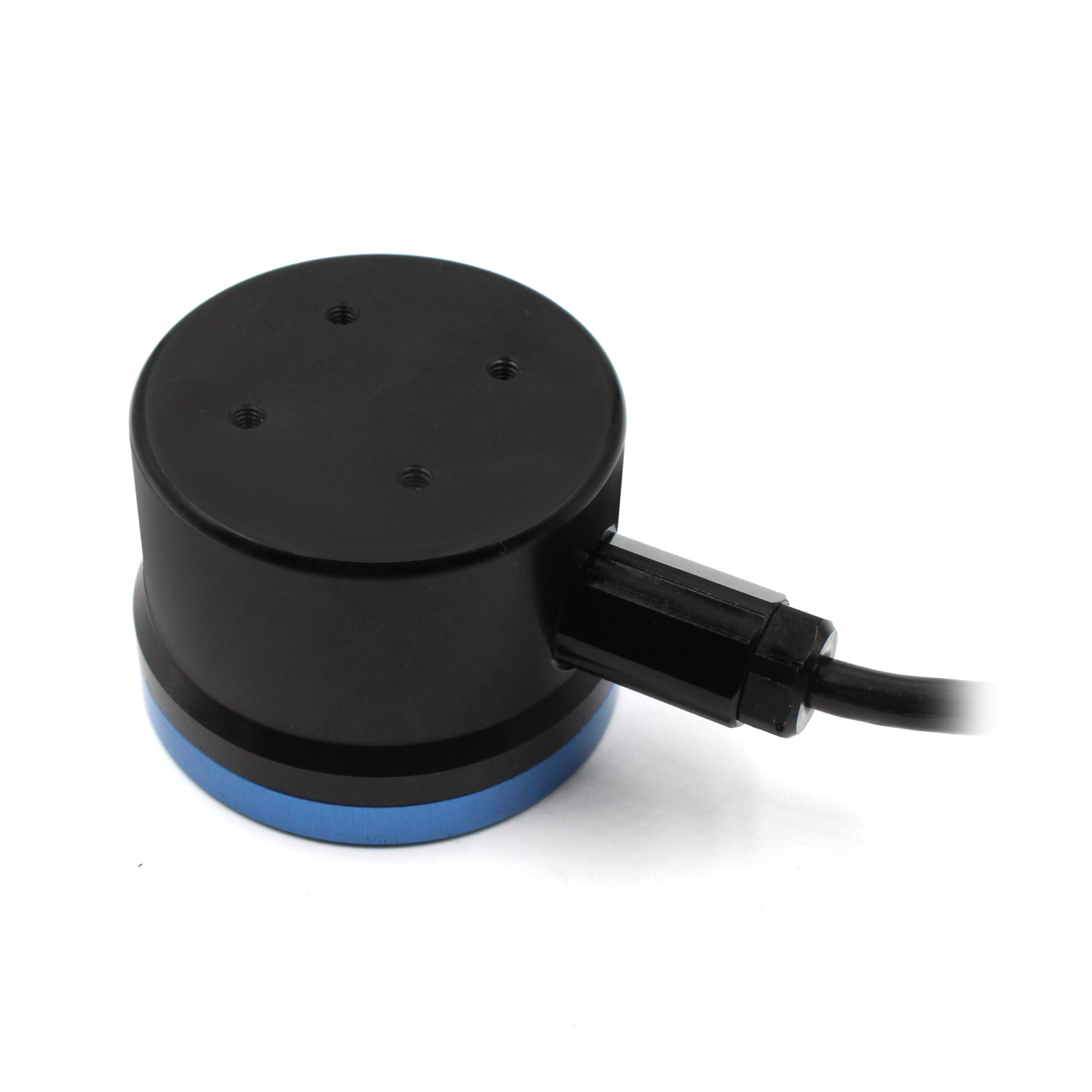
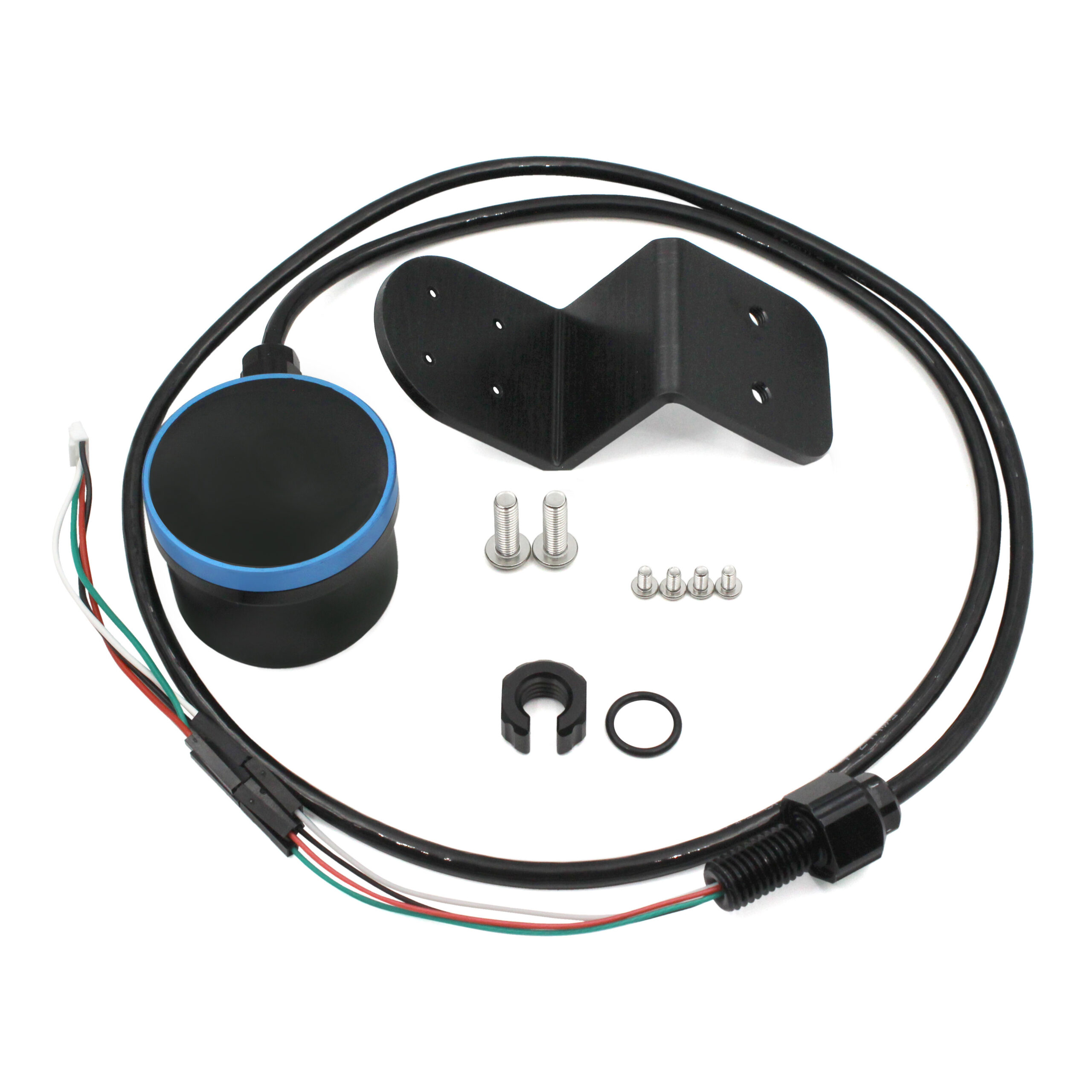

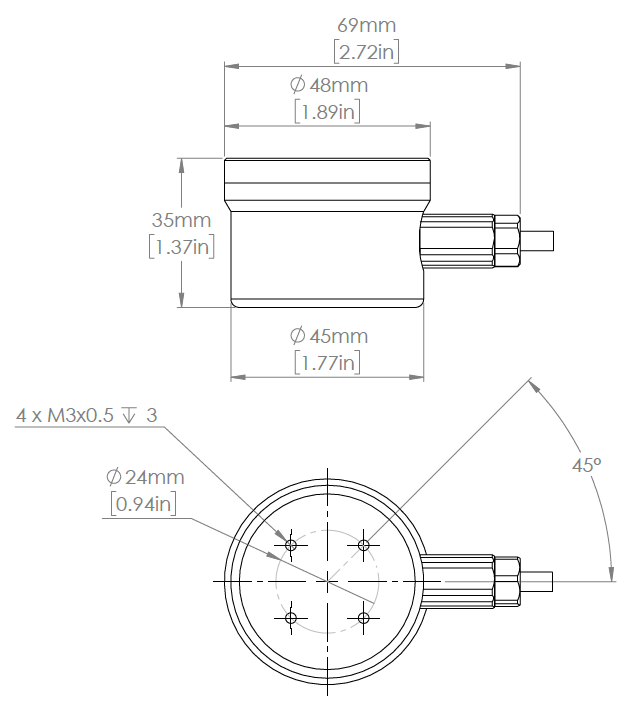
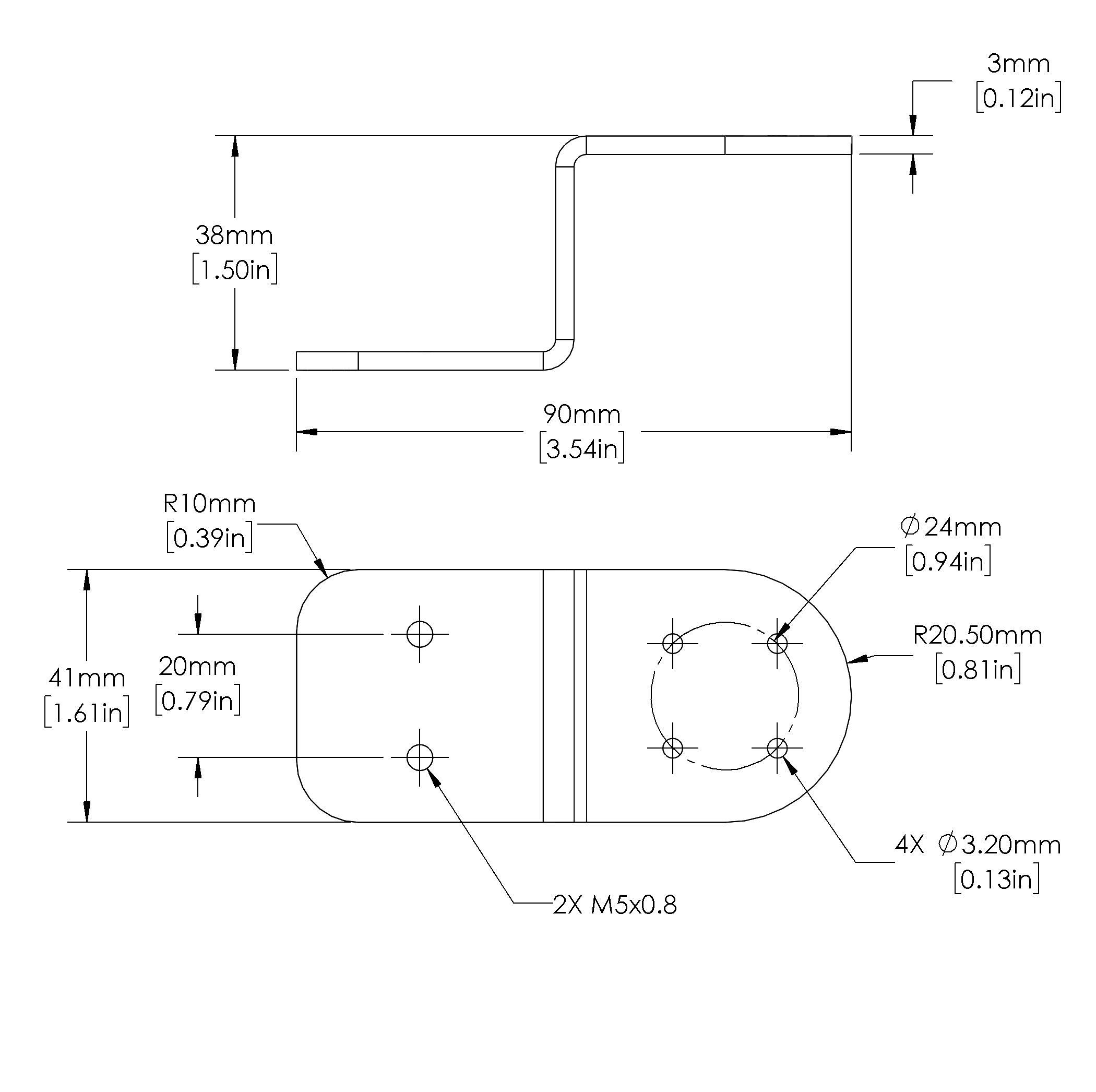
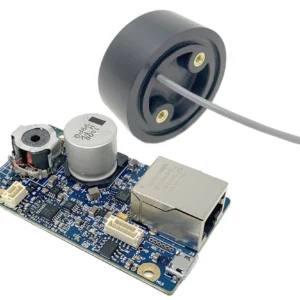
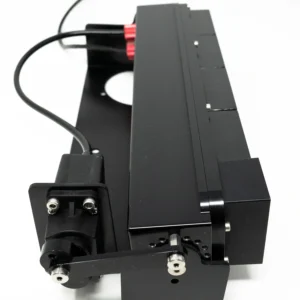

Reviews
There are no reviews yet.